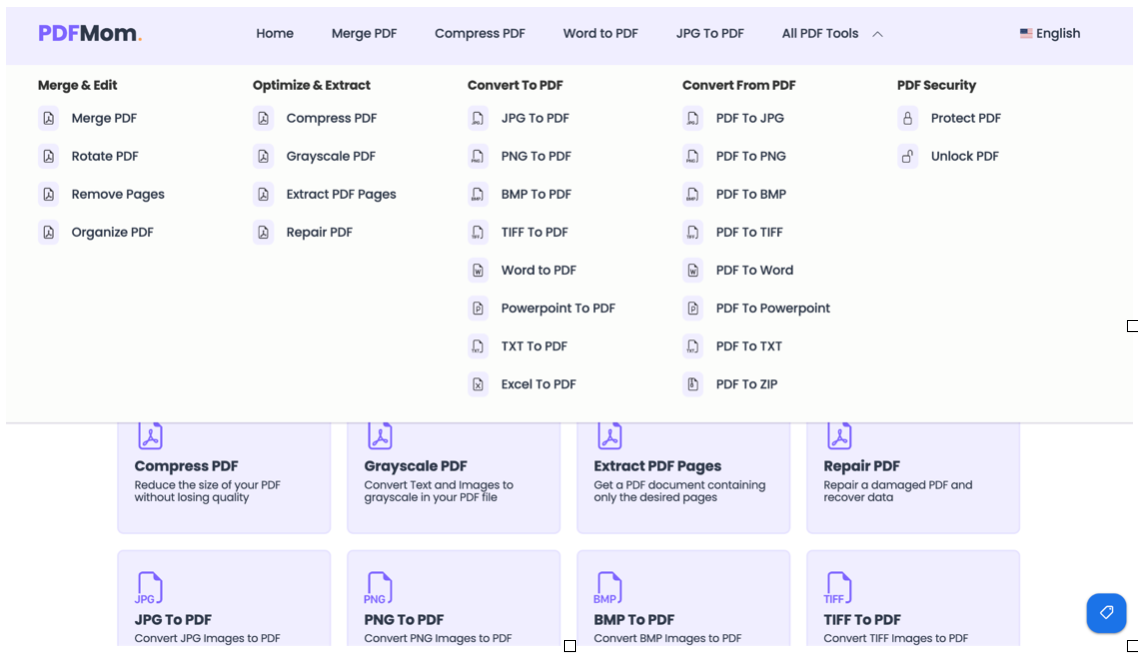In an era where financial stability and growth are paramount, high-paying insurance loans emerge as a beacon of opportunity for individuals and businesses alike. This comprehensive guide is designed to illuminate the path towards unlocking financial freedom through strategic utilization of insurance loans. From understanding the intricacies of insurance loan products to maximizing returns and navigating potential pitfalls, this guide covers it all.
The Dynamics of High-Paying Insurance Loans
High-paying insurance loans represent a symbiotic relationship between policyholders and insurers, leveraging the accrued cash value within life insurance policies to facilitate substantial borrowing. This unique financial instrument offers unparalleled advantages, including:
- Immediate Access to Capital: Unlike traditional loans that often entail lengthy approval processes, insurance loans provide swift access to capital, enabling timely investments and financial maneuvers.
- Competitive Interest Rates: Due to the collateralized nature of insurance loans, interest rates tend to be more favorable compared to unsecured loans, resulting in cost savings over the loan term.
- Flexible Repayment Options: Policyholders have the flexibility to structure repayment schedules according to their financial circumstances, aligning with income streams and investment returns.
Maximizing Returns Through Strategic Utilization
To harness the full potential of high-paying insurance loans, strategic utilization is paramount. Key strategies include:
- Loan Structuring: Tailoring loan amounts and terms to align with specific financial goals and investment opportunities, optimizing returns while managing risk.
- Investment Diversification: Leveraging borrowed capital from insurance loans to diversify investment portfolios, enhancing overall financial resilience and growth potential.
- Tax Efficiency: Exploring tax benefits associated with insurance loans, such as tax-deferred growth and potential deductions, to enhance after-tax returns.
Navigating Potential Pitfalls and Risk Management
While high-paying insurance loans offer substantial benefits, prudent risk management is essential. Common pitfalls to navigate include:
- Loan Collateralization: Understanding the impact of borrowing against the cash value of life insurance policies, including potential implications on policy performance and coverage.
- Loan Default Risks: Mitigating risks associated with loan defaults through proactive repayment strategies, maintaining adequate cash reserves, and exploring fallback options.
- Regulatory Compliance: Staying abreast of regulatory requirements and compliance obligations related to insurance loans, ensuring adherence to legal frameworks and industry standards.
Expert Insights and Best Practices
Drawing upon expert insights and best practices can significantly enhance the success of high-paying insurance loans. Key considerations include:
- Consultation with Financial Advisors: Engaging with experienced financial advisors and insurance professionals to develop tailored loan strategies aligned with long-term financial objectives.
- Continuous Monitoring and Evaluation: Implementing robust monitoring mechanisms to track loan performance, investment outcomes, and overall financial health, facilitating timely adjustments and optimizations.
- Education and Empowerment: Empowering policyholders with comprehensive knowledge and resources to make informed decisions, navigate complexities, and seize emerging opportunities in the insurance loan landscape.
High-paying insurance loans represent a potent tool for unlocking financial freedom and realizing ambitious financial aspirations. By embracing strategic planning, prudent risk management, and expert guidance, individuals and businesses can leverage the power of insurance loans to chart a path towards sustained growth, prosperity, and resilience in today’s dynamic financial landscape.

